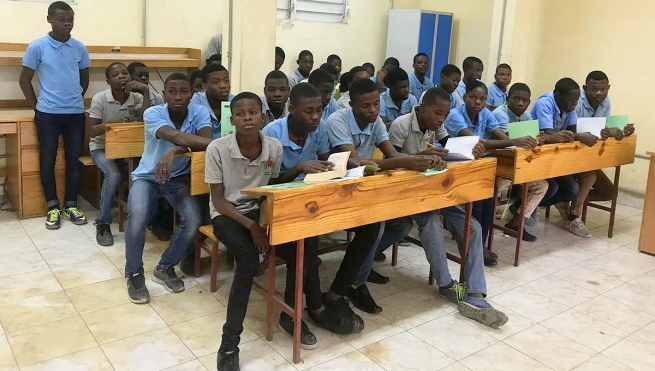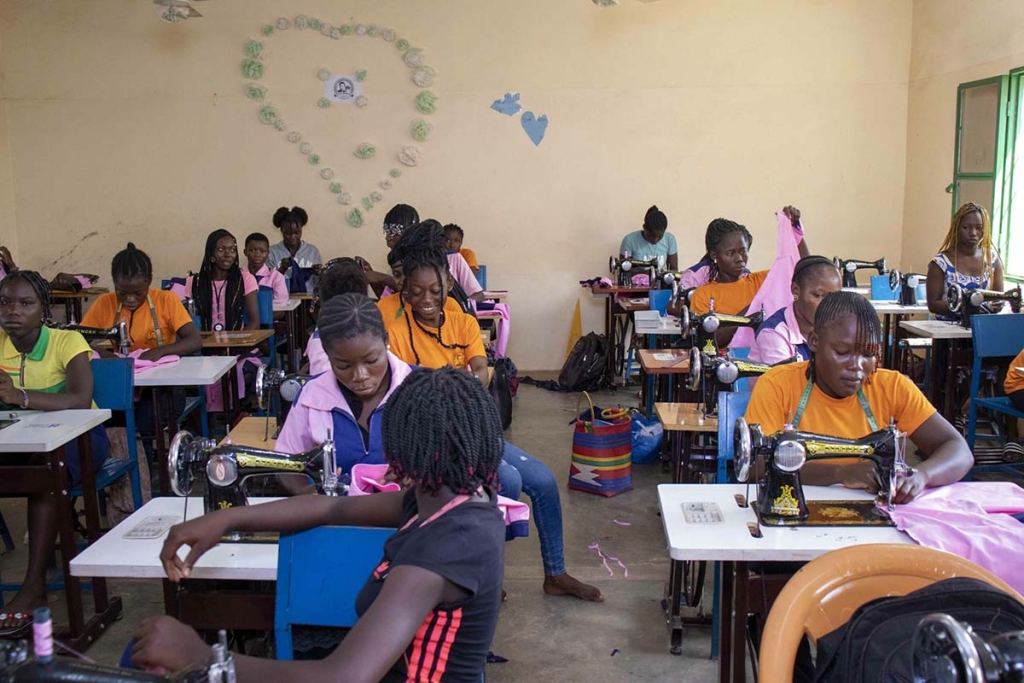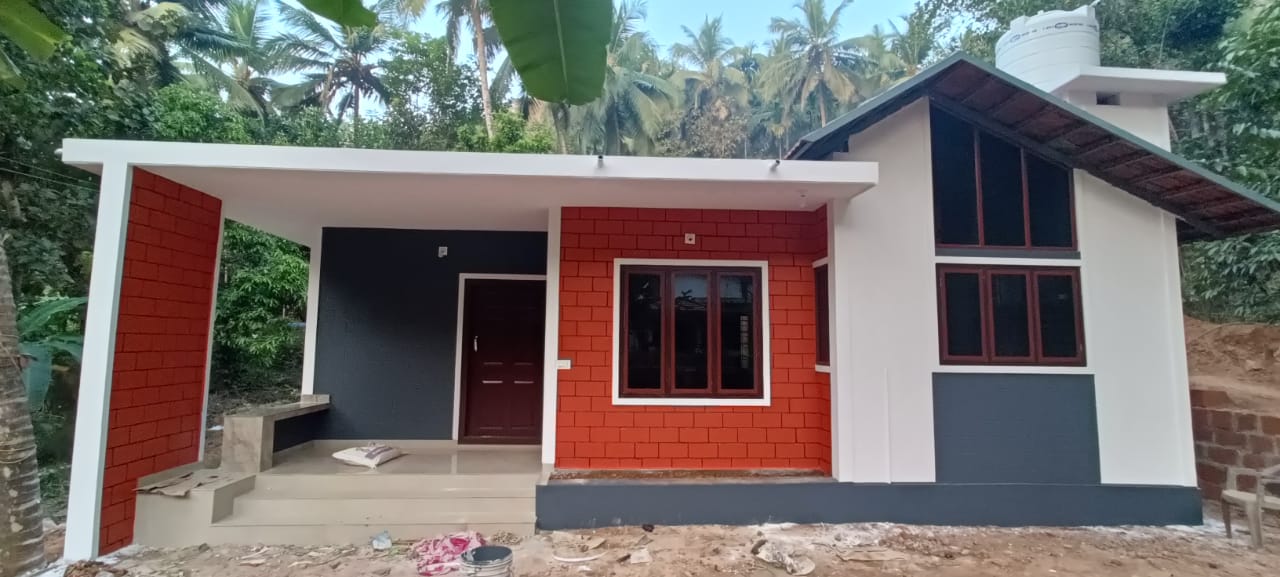HAITI: Children living on the streets get a second chance

Lakay Don Bosco has provided for the educational needs of poor and at-risk youth for more than 30 years
(MissionNewswire) Lakay Don Bosco was established in 1988 in Port-au-Prince, Haiti, by an Italian Salesian priest. Father Attilio Stra launched the project to respond to the needs of marginalized children and older youth who live on the streets in serious risk. For more than 30 years, this has remained the mission of Lakay Don Bosco.
Currently, the Lakay project includes five facilities in Port-au-Prince and one, divided into two sectors, in Cap-Haïtien. Each of these structures was created to respond to needs of children and older youth who are living on the streets.
Each of the Lakay project centers specializes in a stage of life and the types of assistance needed by youth. At Foyer Lakay, children live as a family for a period of four years until the completion of an apprenticeship in a technical profession. Lakay Program for Street Children provides shelter and educational services for street children in Cap-Haïtien and Port-au-Prince.
There is a three-step process for entering into the Lakay Don Bosco program. La Rue, which in French means street, is the first step and involves Salesian staff meeting youth and building trust. This step often takes place on the streets. The second step is Lakou, which means courtyard in Creole. This is when the child first comes to the Salesian reception center and learns about entering the program, which includes regular school or a vocational training program.
The third stage is Maison, which means home in French. This is when youth enter into the program formally and live at the Foyer Lakay family home. During this time, Salesian staff work on socio-family reintegration. This is also the time youth attend vocational school, joining a course program for beauticians, electricians, cutters and sewers, refrigeration technicians and carpenters. Currently, there 54 youth, aged 14 and older, in the Foyer Lakay program. Other youth from the neighborhoods adjacent to the school also study in the vocational training program.
“Teachers play a fundamental role at Lakay Don Bosco, especially during the pandemic, when they had to stay at the school for long periods of time and were unable to see their families,” said Father Gus Baek, director of Salesian Missions, the U.S. development arm of the Salesians of Don Bosco. “The attention and individual support offered by teachers, including personalized educational programs for the weakest students, have produced exceptional results.”
Today, the vast majority of students are motivated, attend school with enthusiasm and understand the importance of the path they have taken. These youth are aware that they have received a second chance to improve their life and do not want to waste it.
Salesian missionaries began working in Haiti in 1935 in response to the Haitian government’s request for a professional school. Since then, Salesian missionaries have expanded their work to include 11 main educational centers and more than 200 schools across the country.
Each of the main centers includes a number of primary and secondary schools, vocational training centers, and other programs for street children and youth in need. Salesian programs are located throughout Haiti, including in the cities of Port-au-Prince, Fort-Liberté, Cap-Haïtien, Les Cayes and Gressier. Today, Salesian missionaries in Haiti provide the largest source of education outside of the Haitian government with schools providing education to 25,500 primary and secondary school students.
###
Sources:
Salesian Missions – Haiti
World Food Programme – Haiti





